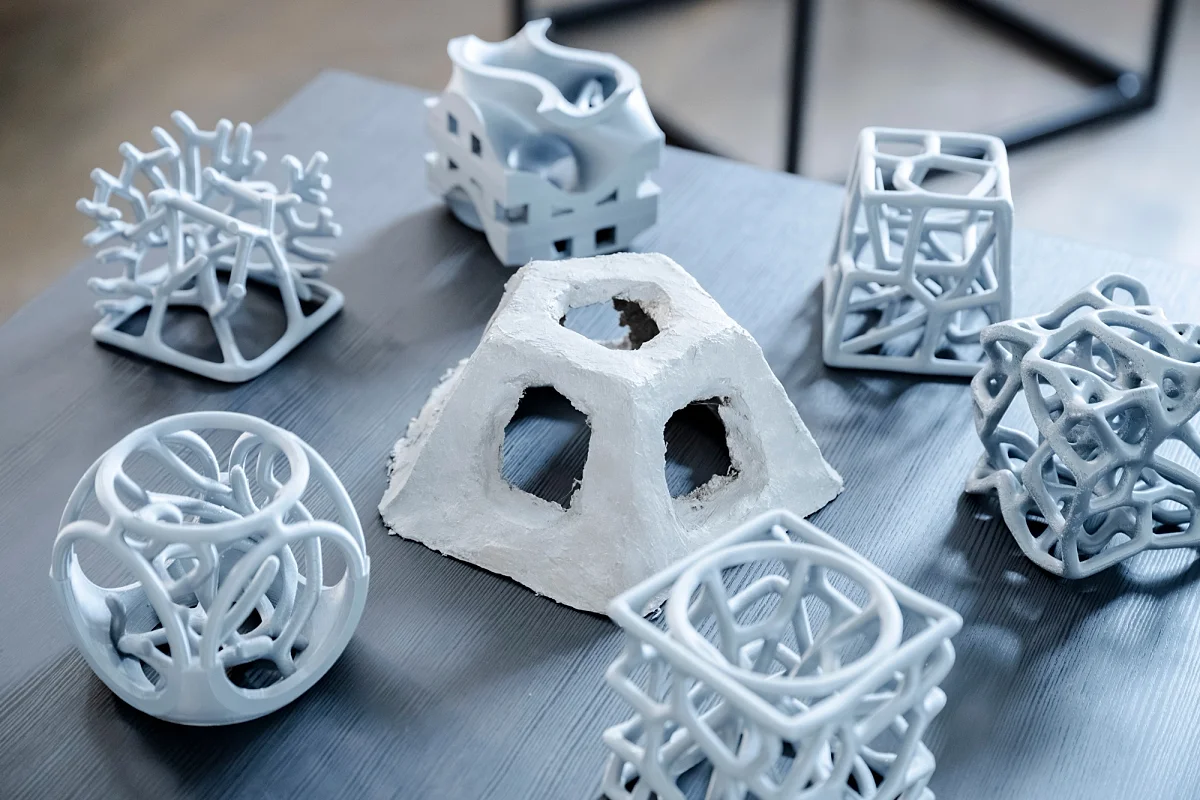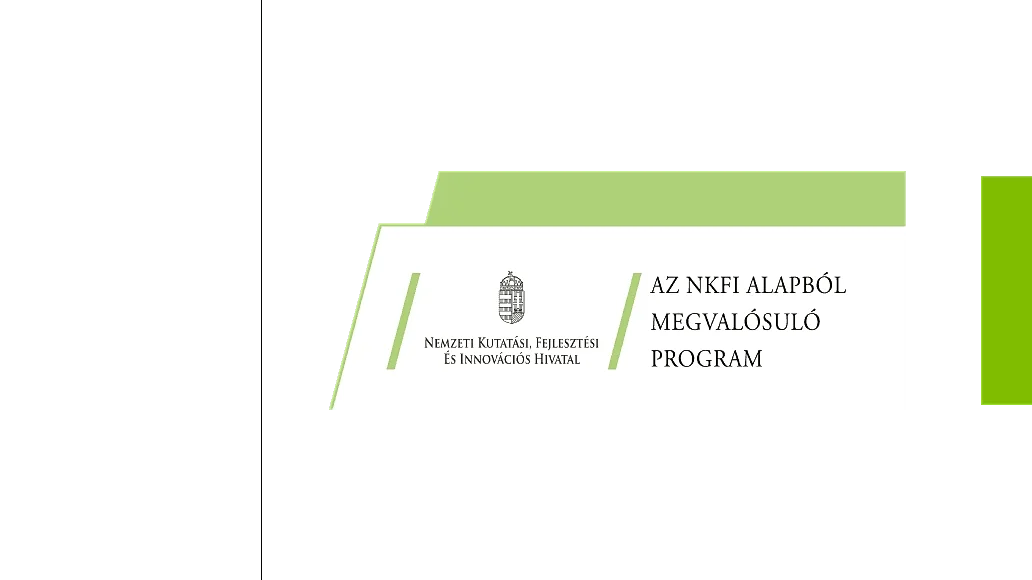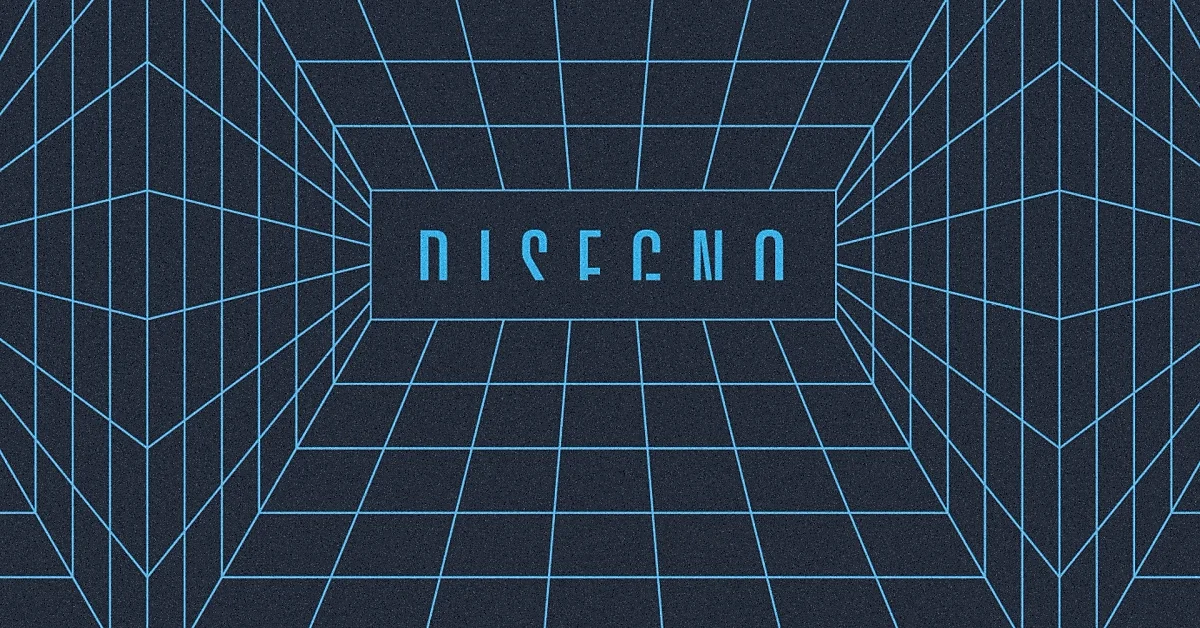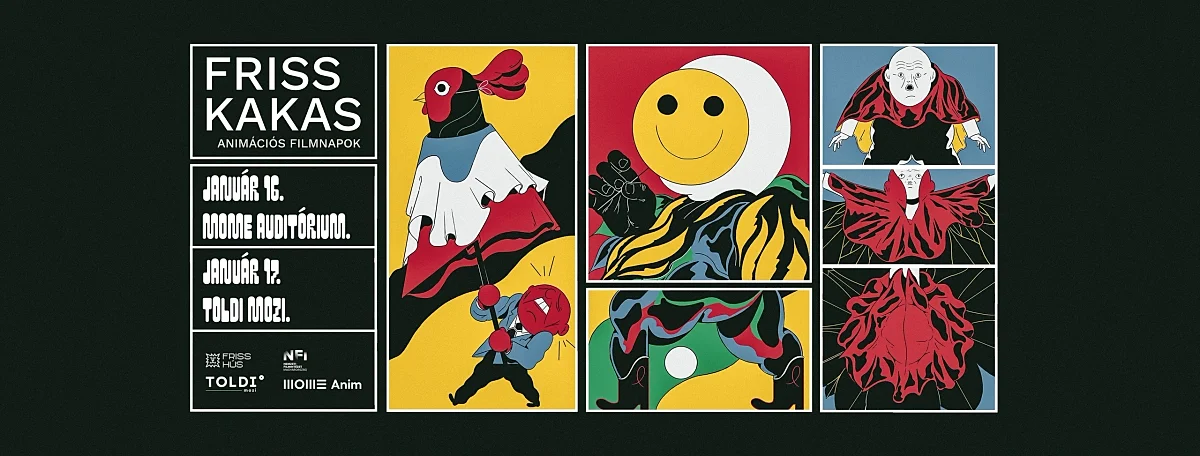
Myth-busting, bridge-building designers and researchers
In recent years, MOME has become one of the most active and credible voices in Hungarian science communication. Its purpose is to present design research results and complex scientific issues not only to professionals but also to a wider audience, in accessible and visually engaging ways. Today, design research is an internationally recognised academic discipline – one that uncovers knowledge less reachable through conventional methods, combining creation, experimentation, and analysis to find new solutions. As Nobel Prize-winning economist Herbert Simon famously said, “The natural sciences are concerned with how things are. Design, on the other hand, is concerned with how things ought to be.”
What is the role of a design university in academic life?
MOME’s latest video series and its animated explainers on design concepts present the university’s research activity in a clear and accessible way. They explore, for example, what stories data can tell, how data science and data visualisation can even support astronomical discovery, how the mycelium fungus might help improve the world, how immersive virtual environments can promote mental health and wellbeing in old age, how wool can be turned into a sound-absorbing artwork, and how participatory design and mutual learning can support the development of disadvantaged girls living in rural areas.
In the ModulAItor podcast series, moderated by Dr Brigitta Iványi-Bitter PhD, MOME researchers discuss how artificial intelligence is transforming the creative industries, university education, and the interpretation of cultural heritage – from craft and fashion to data visualisation, interaction design, and legal and ethical issues.
Making research findings and topics accessible in an experiential way to diverse communities and age groups is also key. To meet this need, in September 2025 MOME joined the Researchers’ Night for the first time. The event drew people from every generation, who toured the campus and its gardens, tried interactive installations, and discovered how research can become an experience – for instance, at one of the stations, flavours, plants, and scents were transformed into data to explore possible future environmental changes at Lake Balaton.
Knowledge sharing support strategy
The credibility and methodological grounding of MOME’s science communication are reinforced by the university’s engagement with and development of not just the public but also its own community in this regard. MOME’s data science team is mapping how faculty and researchers communicate their scientific findings, what tools they use to build their professional presence, and what needs and motivations shape their knowledge-sharing practices. The findings form the basis of a data-driven science communication strategy aimed at fostering dialogue, trust, and curiosity between research and society.
This initiative was also supported by an internal training programme that guided MOME’s faculty and researchers in consciously building their professional presence online. The three-session workshop used practical examples to help participants build their professional profiles, create meaningful content, and boost their visibility. The content strategies are designed to build a stronger regional presence and enhance impact, both at home and internationally.
Through these efforts, MOME reinforces design’s central role in the 21st-century scientific ecosystem, proving that the combination of design thinking, imagination, and critical reflection is key to understanding and addressing the world’s most complex challenges.
More information:
mome.hu
mome.hu/en/tudomanykommunikacio
The project ‘New Avenues, Innovative Solutions in Science and Innovation Communication (MEC_N 149689)’ is funded by the National Research, Development and Innovation Fund of the Ministry of Culture and Innovation, under the MEC_N_24 grant scheme.











